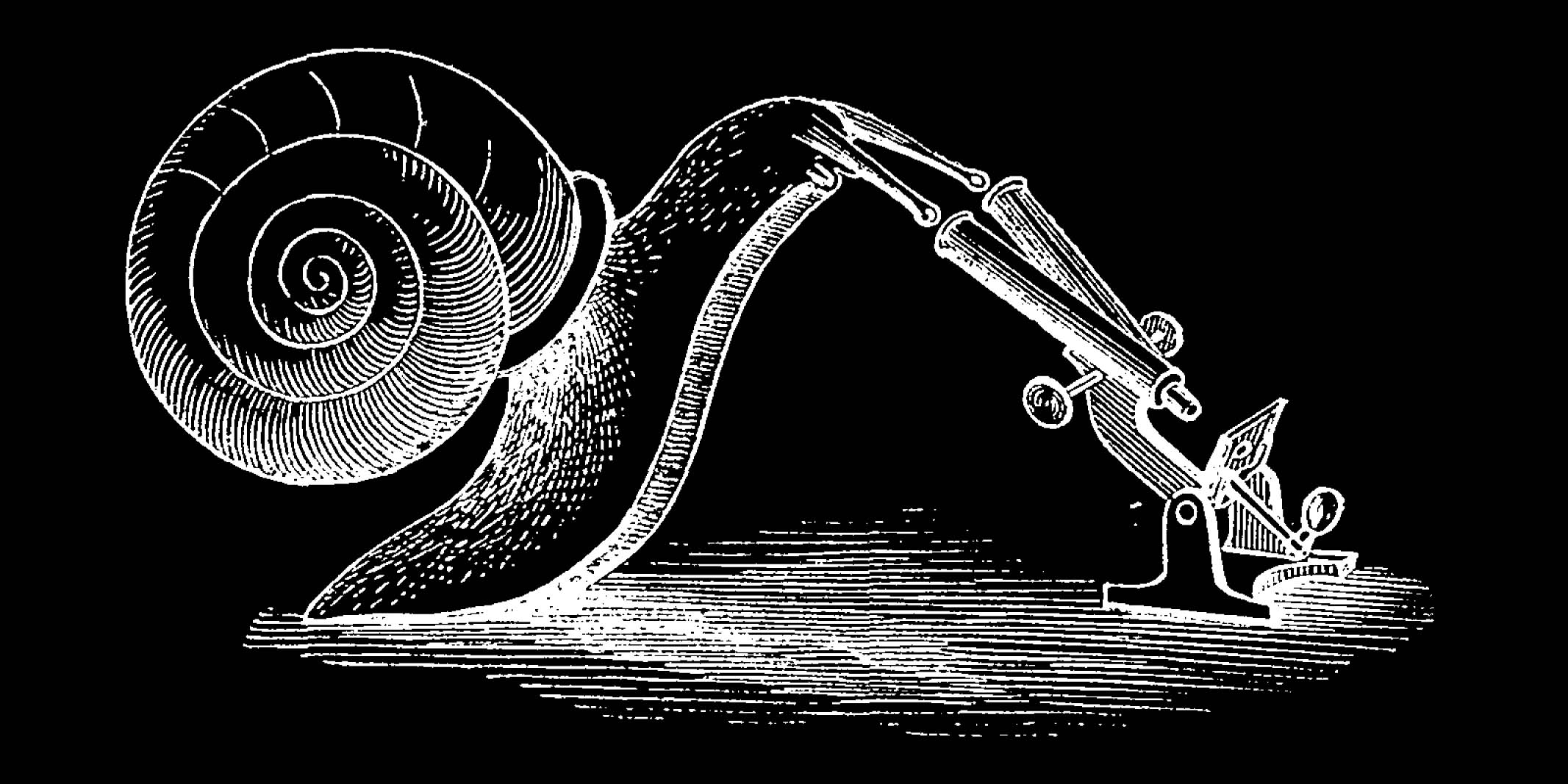"Revisiting the Role of Genetic Variation in Adaptation"
Posted on
by

IIn the face of changing climate, nature's incredible power to shape life really depends on heritable phenotypic variation. But how exactly does this variation come from, and are there different types of generating mechanisms for variation? Additionally, are some types of variation more likely to occur? What’s the role of such variational generative bias in adaptation? Does existing or new variation through mutation matter more? Over the past few decades, dramatic advances in genomic methods have been used to determine the phenotypic and fitness consequences of mutational variation. As a result, substantial progress has been made in examining the arrival of new variations, and its evolutionary implication offers insights into how existing and new variations interact with selection mechanisms to produce organismal diversity. A comprehensive understanding of genetic variation is crucial not only for evolutionary biology but also has broader implications for biodiversity and ecosystem services that contribute to the well-being of human society.
This article, featured as an introduction to a special section from the 2022 Vice Presidential Symposium of the American Society of Naturalists, delves into the nature and role of genetic variation relevant to adaptation. The article navigates through foundational concepts and enduring questions since the early stages of evolutionary thinking. The article starts by describing recent progress in understanding the mutation rate heterogeneity and bias in the mutation spectrum. Studies have shown that mutation rates can vary across the different parts of the genome among individuals and species.
Additionally, different types of mutation can occur. For example, for single base pair changes, mutation can be categorized as transitions (i.e., purine-to-purine or pyrimidine-to-pyrimidine changes) or transversions (i.e., purine-to-pyrimidine or pyrimidine-to-purine changes). The frequency distribution of different types of mutations is referred to as the mutation spectrum. The authors summarize new understandings of how mutation rate and spectrum influence adaptation. To further examine the role of such mutational variation in adaptation, the article then explores beyond the mutation process. The authors update the recent progress in studying the phenotypic and fitness consequences of mutation, with a particular emphasis on the distribution of fitness effects. The article finishes by revolving around the role and fate of genetic variants in natural populations. When encountering a new selective pressure, adaptive variants can be pre-existing variation within the population or arise after encountering the new condition. Current empirical evidence seems to suggest that adaptation tends to occur from pre-existing variation. However, the role of old versus new variation is still under debate.
With the advances in diverse fields such as ecology, molecular biology, and cell biology, we have made remarkable progress in understanding the genetics of adaptation. Despite notable progress, substantial gaps hinder our ability to synthesize knowledge across various organisms and timescales. Our understanding remains limited in the nature of new genetic variation that arises from mutation processes.
Notably, the article underscores that the introduction of new genetic variation through mutations can be itself a dynamic quantity and subject to selection, which raises an important question: How does the evolutionary timescale of mutation bias compare to the timescale for the adaptation of traits? This question becomes pivotal as we delve into the impact of mutation bias on adaptation.
Another often overlooked aspect is the phenotypic and fitness effects of synonymous mutations. The assumption of neutrality of synonymous variation has been the foundation for methods testing selection signatures on gene sequences. However, numerous empirical evidence suggests that synonymous genetic variants have impacts on adaptation, which deserves careful consideration. Integrating empirical data across taxa and assessing generality and magnitude across evolutionary timescales may be valuable.
Overall, the article showcases empirical and theoretical endeavors to understand the nature and fate of genetic variation. Each section highlights several key questions, directing readers to relevant reviews and summarizing insights from recent work. The discussion touches upon important yet often controversial topics, making a substantial contribution to broadening perspectives on the potential role of genetic variation.
Abstract
Evolutionary biologists have thought about the role of genetic variation during adaptation for a very long time—before we understood the organization of the genetic code, the provenance of genetic variation, and how such variation influenced the phenotypes on which natural selection acts. Half a century after the discovery of the structure of DNA and the unraveling of the genetic code, we have a rich understanding of these problems and the means to both delve deeper and widen our perspective across organisms and natural populations. The 2022 Vice Presidential Symposium of the American Society of Naturalists highlighted examples of recent insights into the role of genetic variation in adaptive processes, which are compiled in this special section. The work was conducted in different parts of the world, included theoretical and empirical studies with diverse organisms, and addressed distinct aspects of how genetic variation influences adaptation. In our introductory article to the special section, we discuss some important recent insights about the generation and maintenance of genetic variation, its impacts on phenotype and fitness, its fate in natural populations, and its role in driving adaptation. By placing the special section articles in the broader context of recent developments, we hope that this overview will also serve as a useful introduction to the field.

Photo credit: Haoran Cai
Author Bio:
Haoran Cai is a PhD student in Dr. Dave Des Marais's Lab at MIT. His research interests include evo-devo and quantitative genetics, and is investigating the interplay between genetic variation, development, and natural selection using empirical and theoretical approaches. Haoran is also passionate about increasing visibility and community engagement for early career researchers.